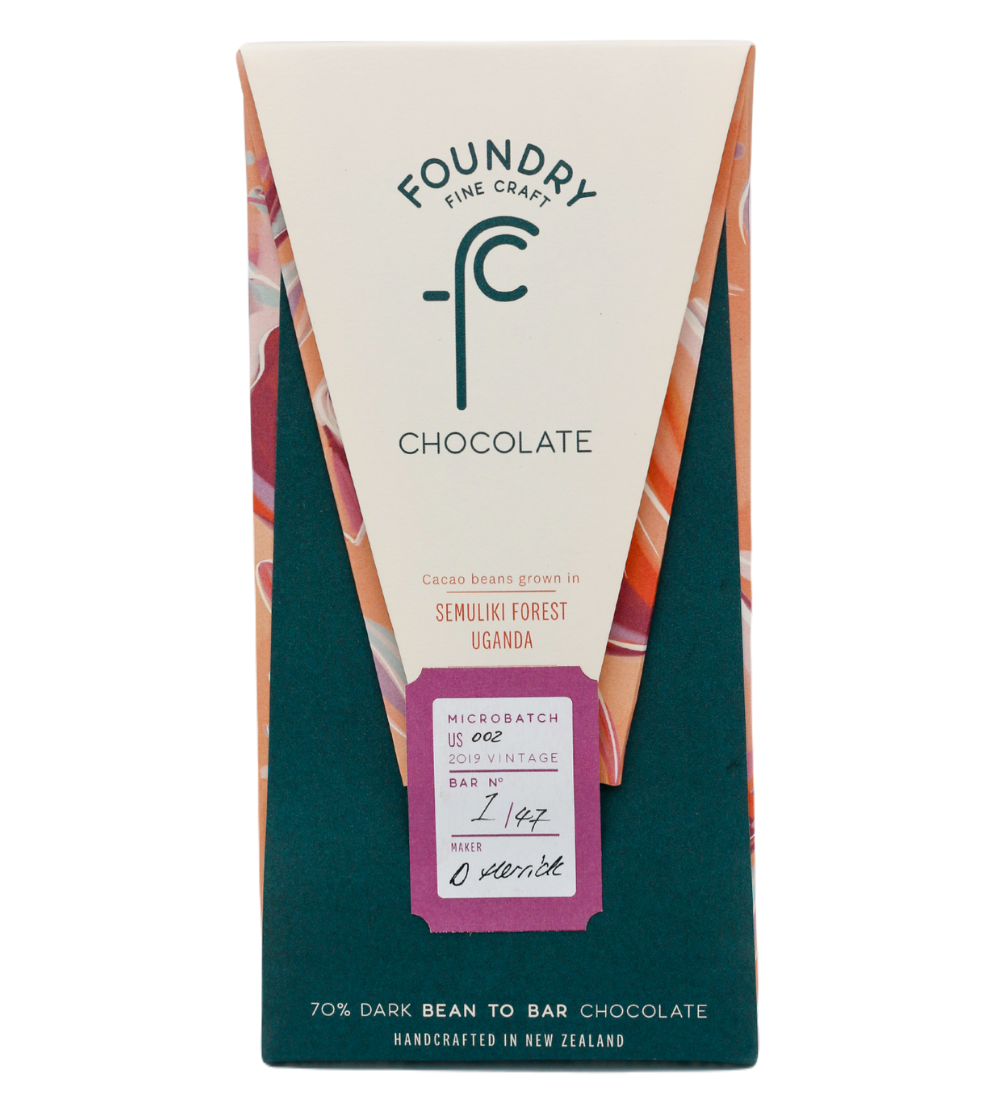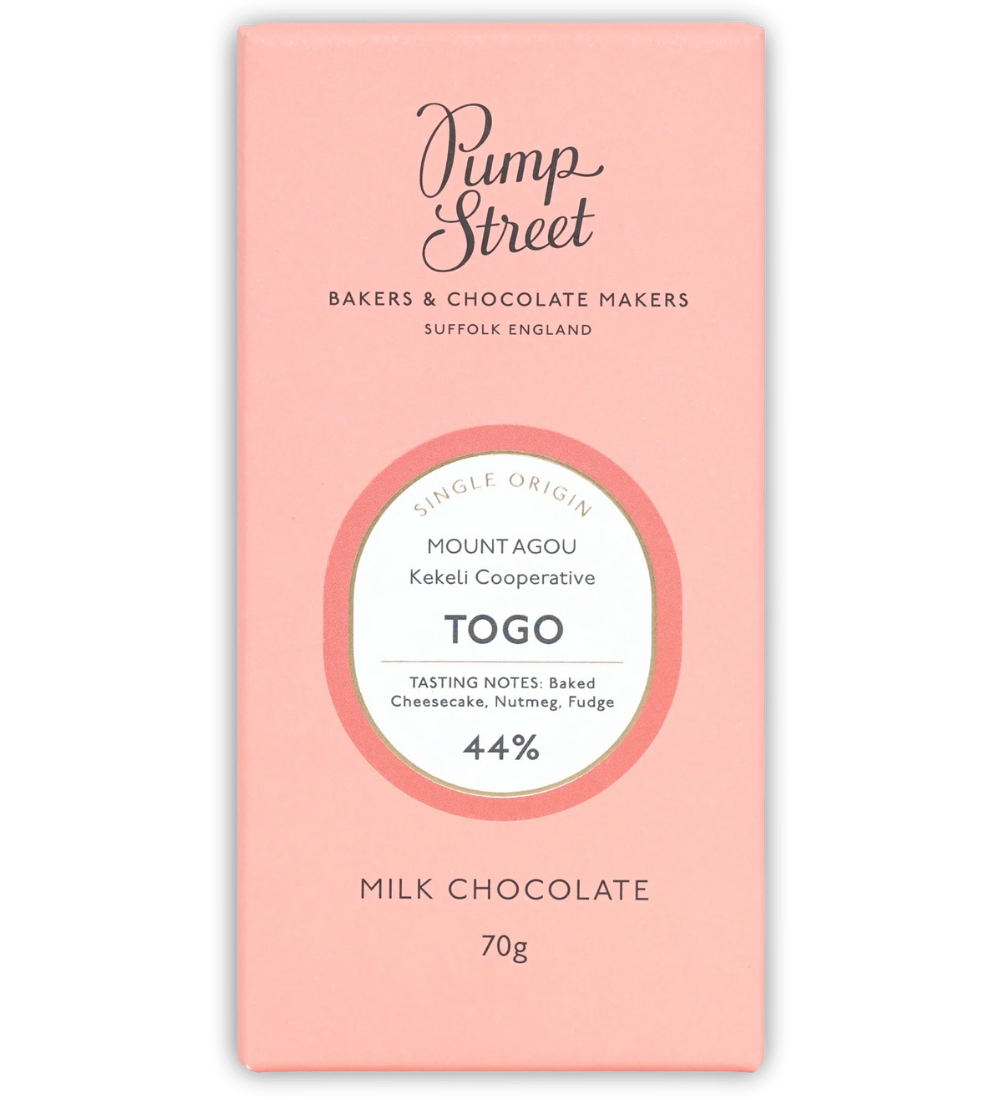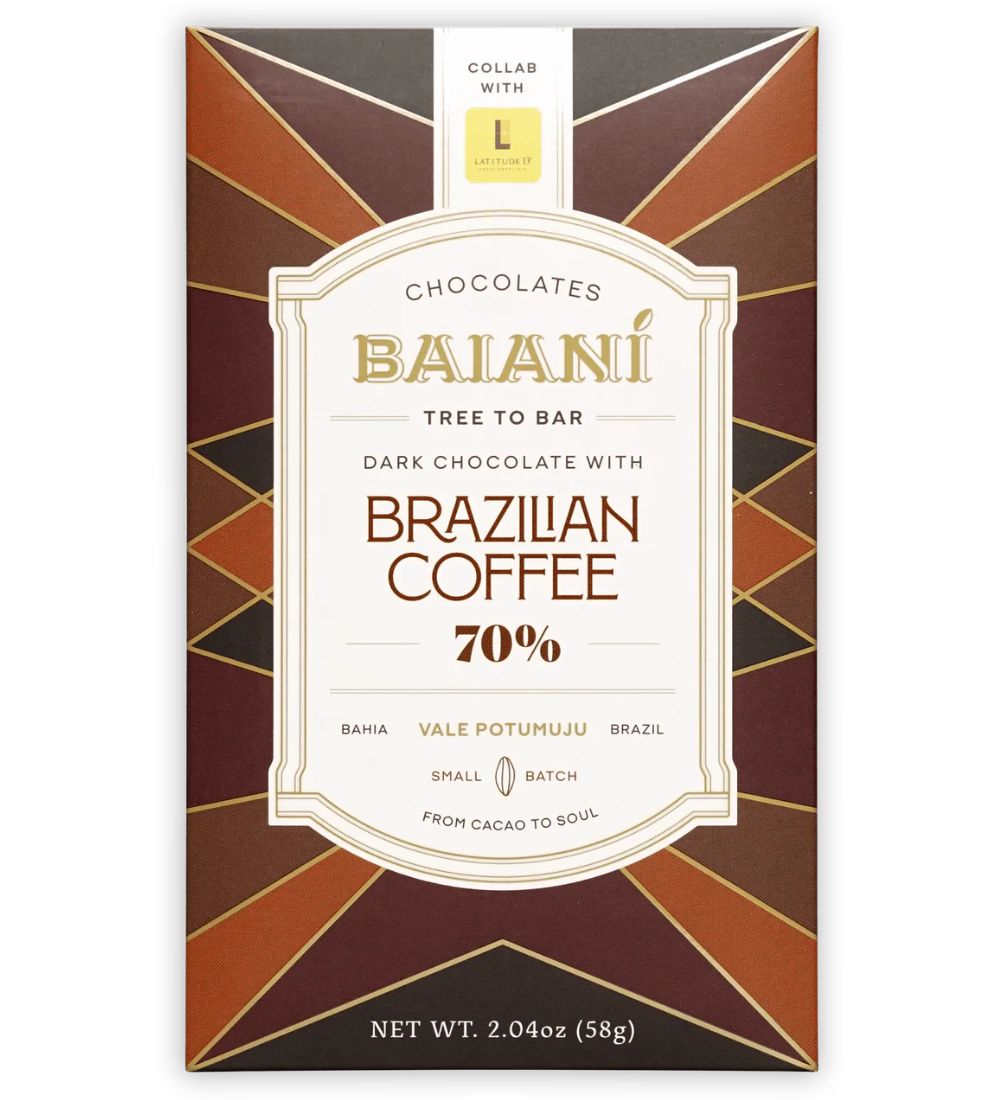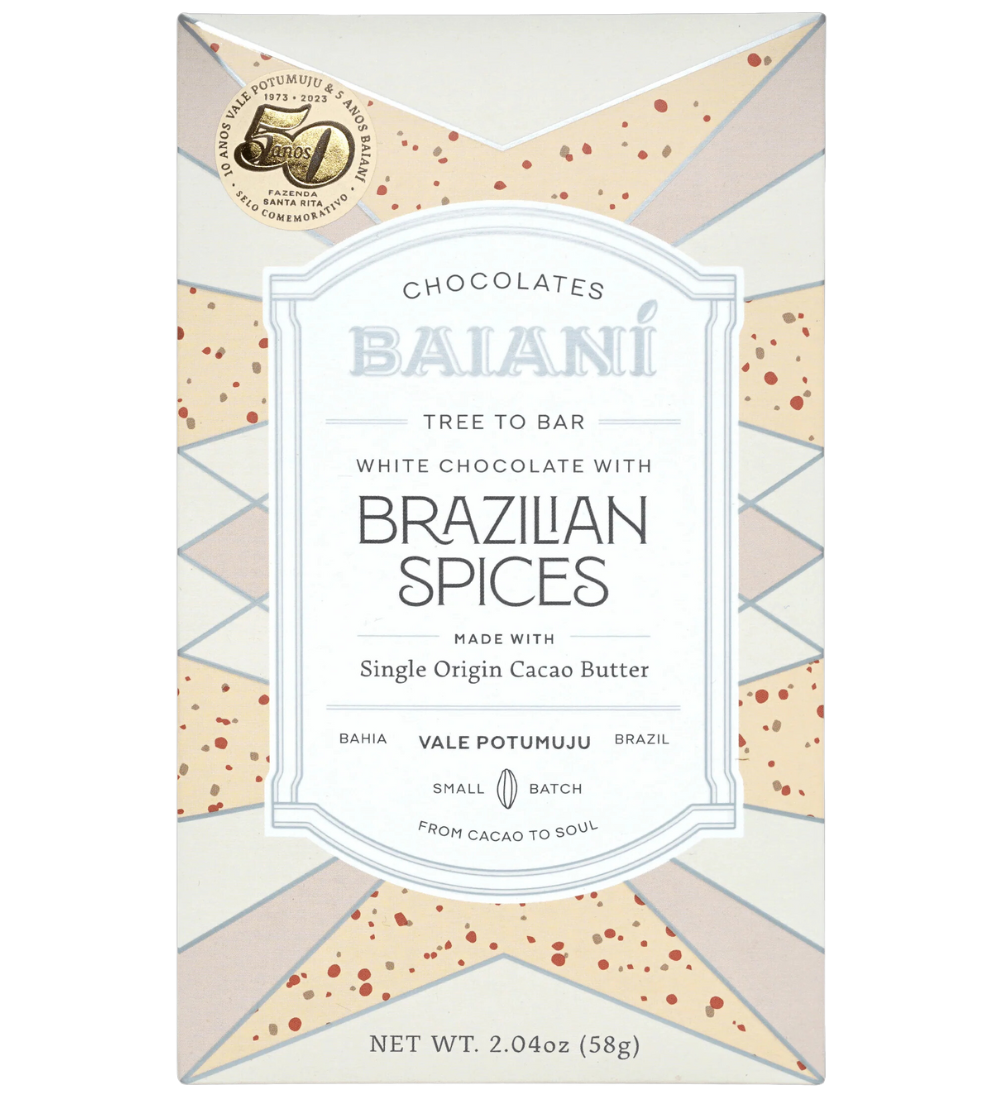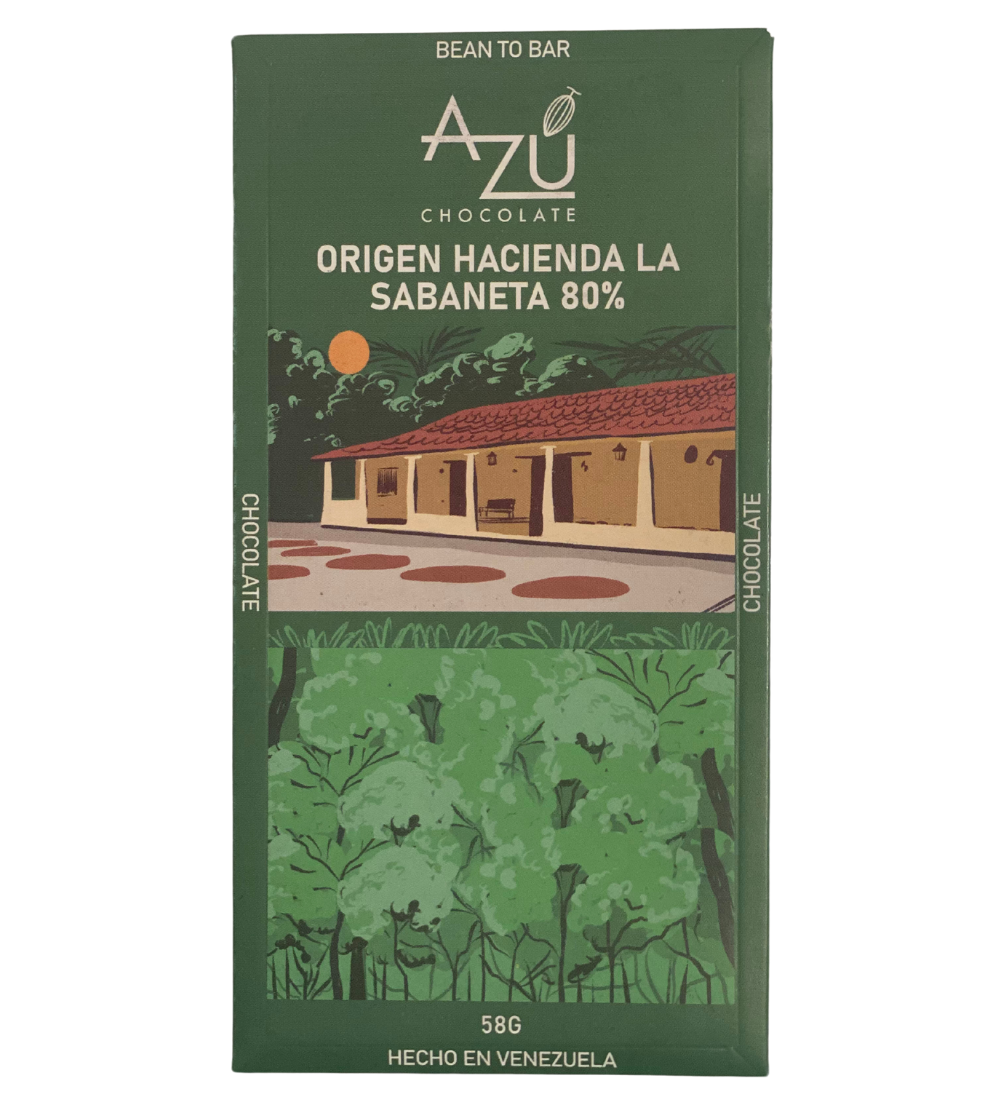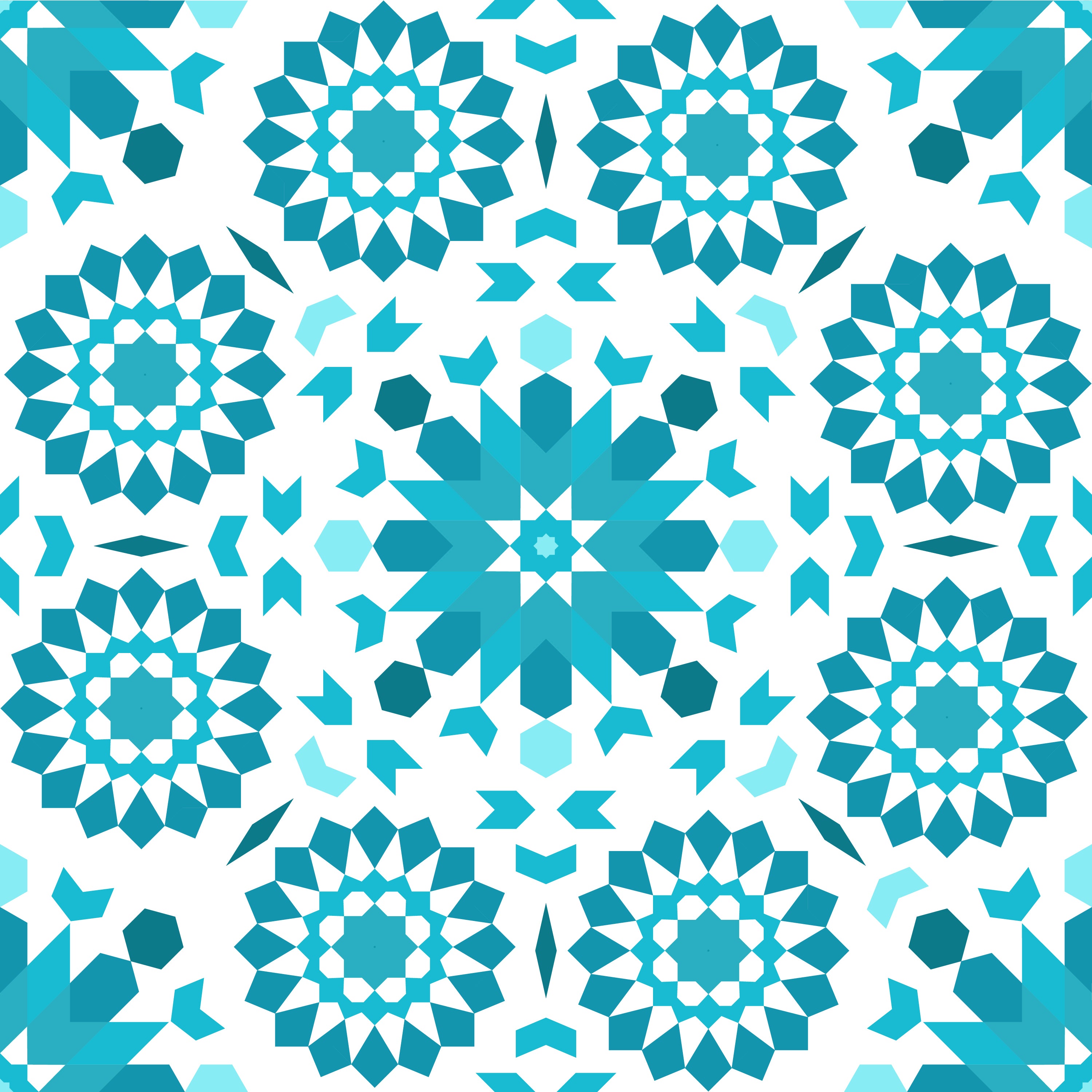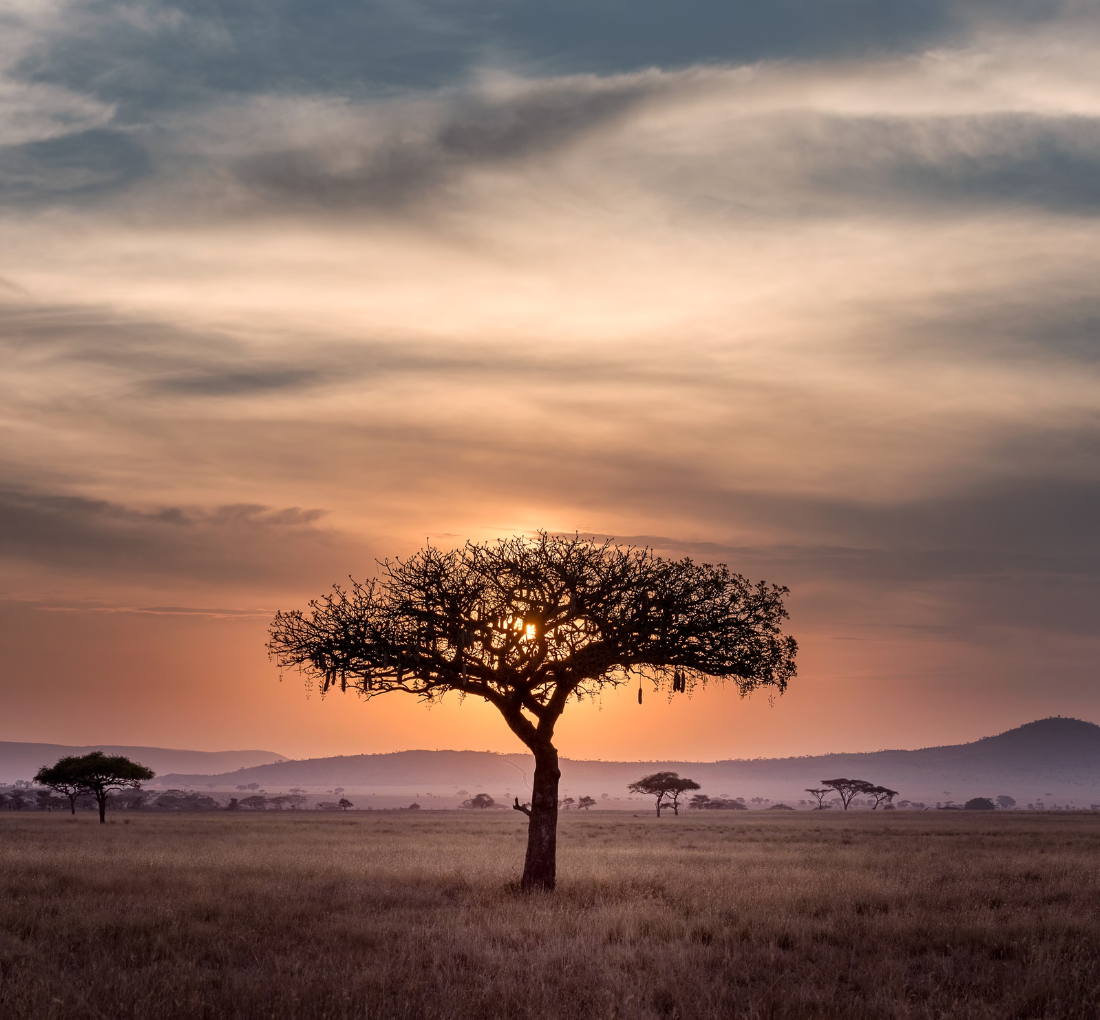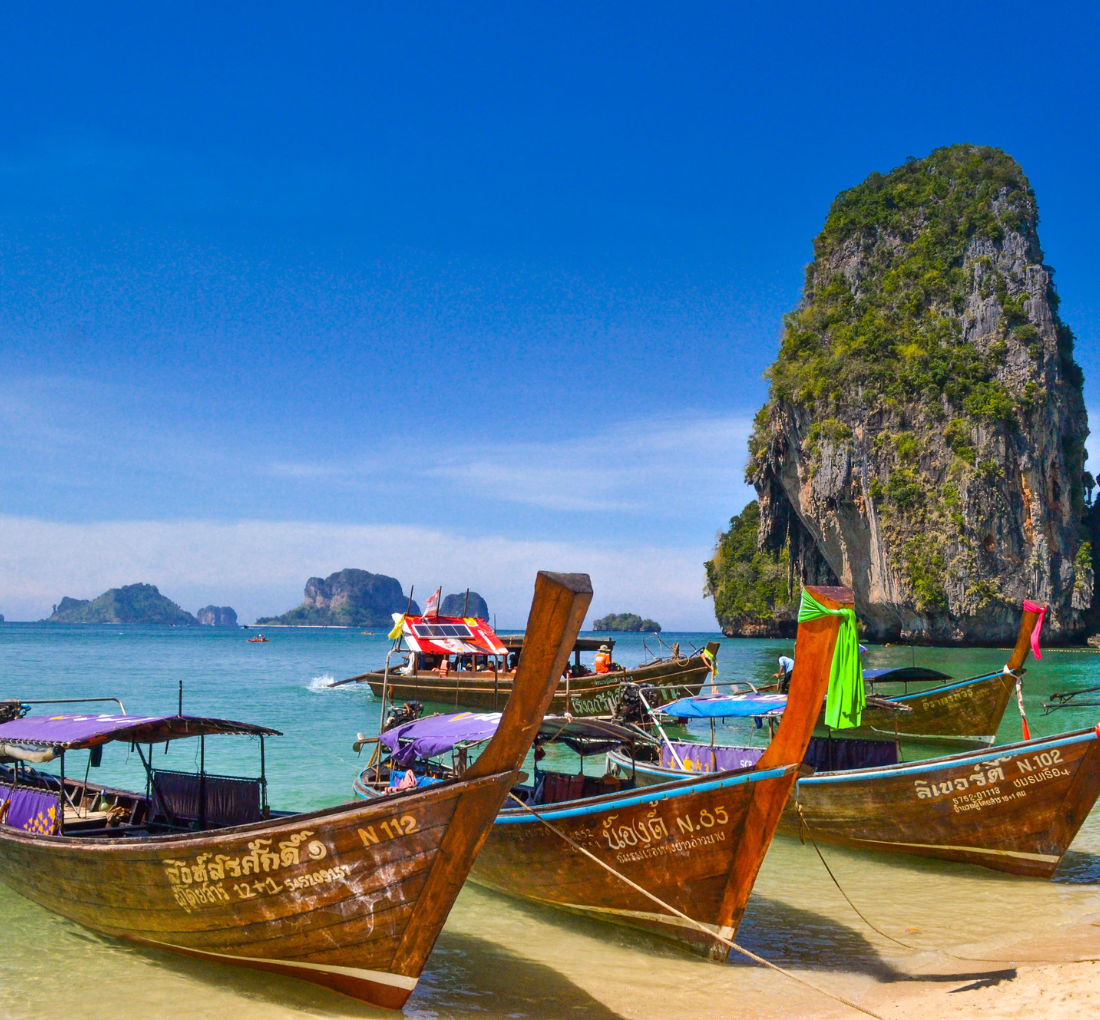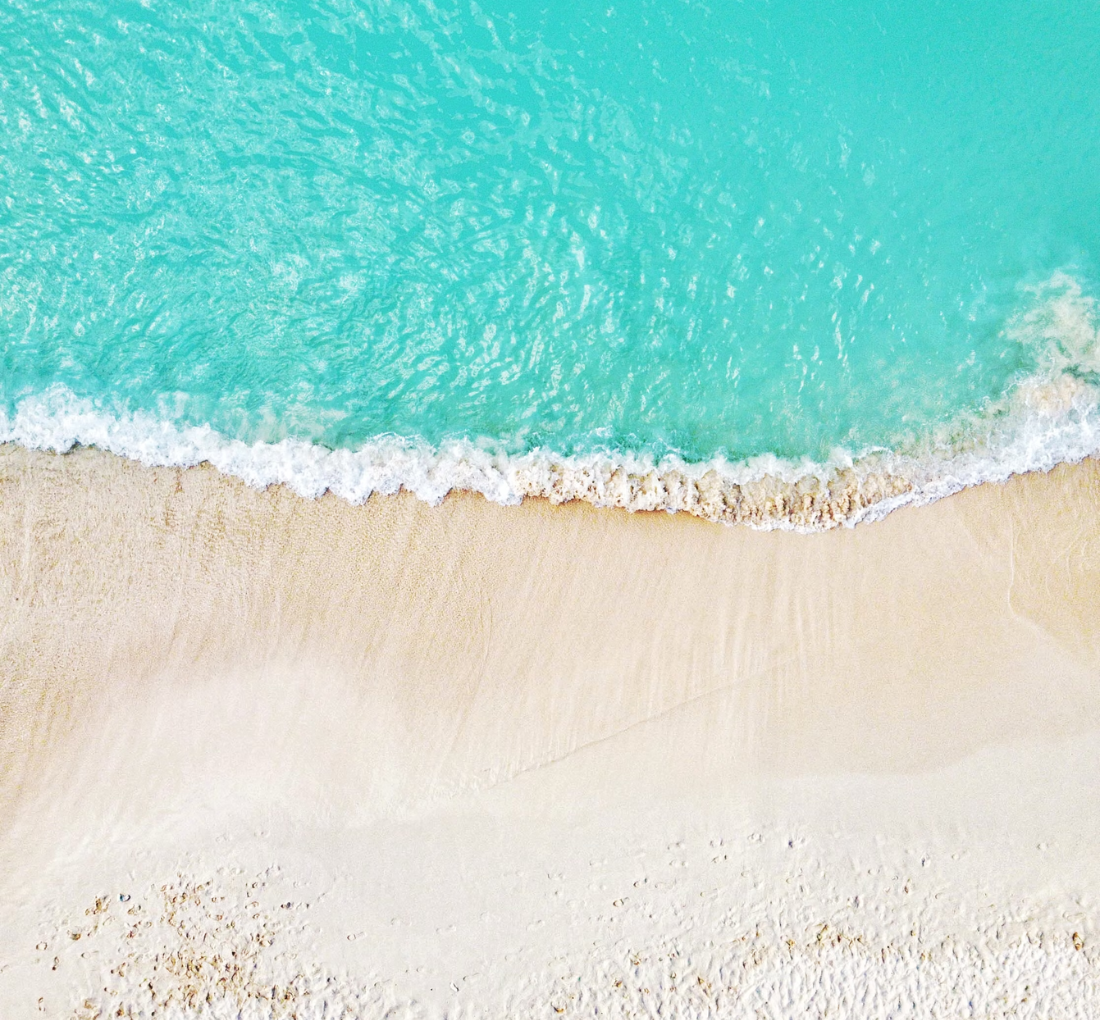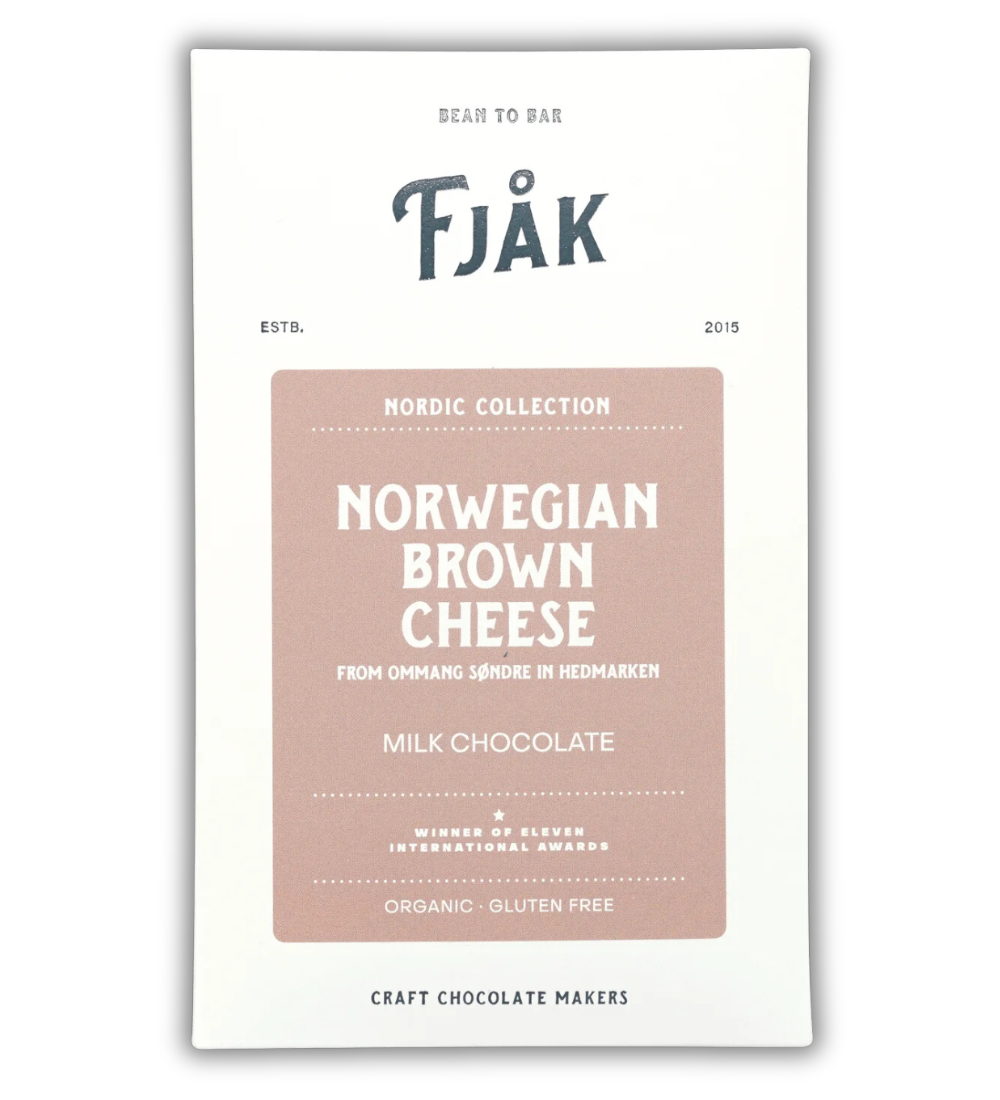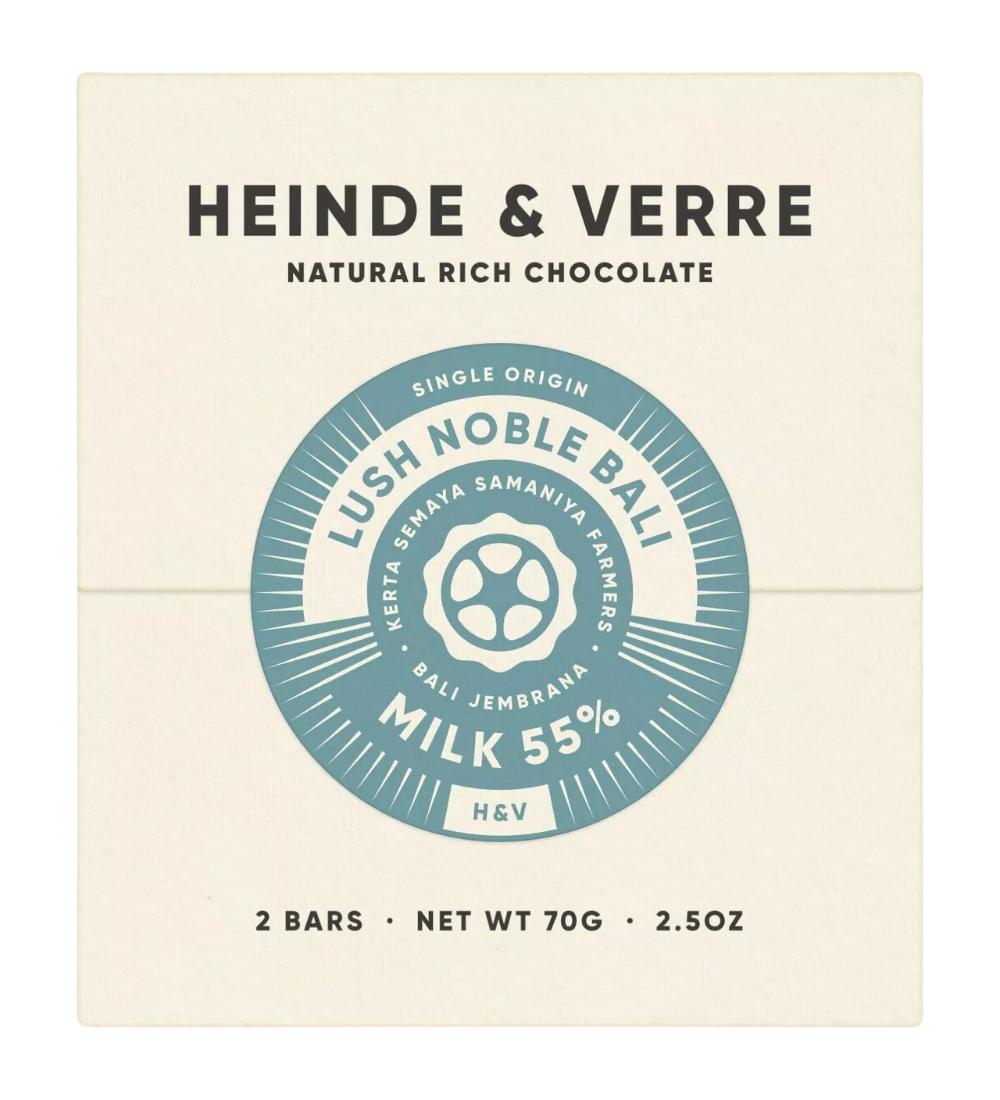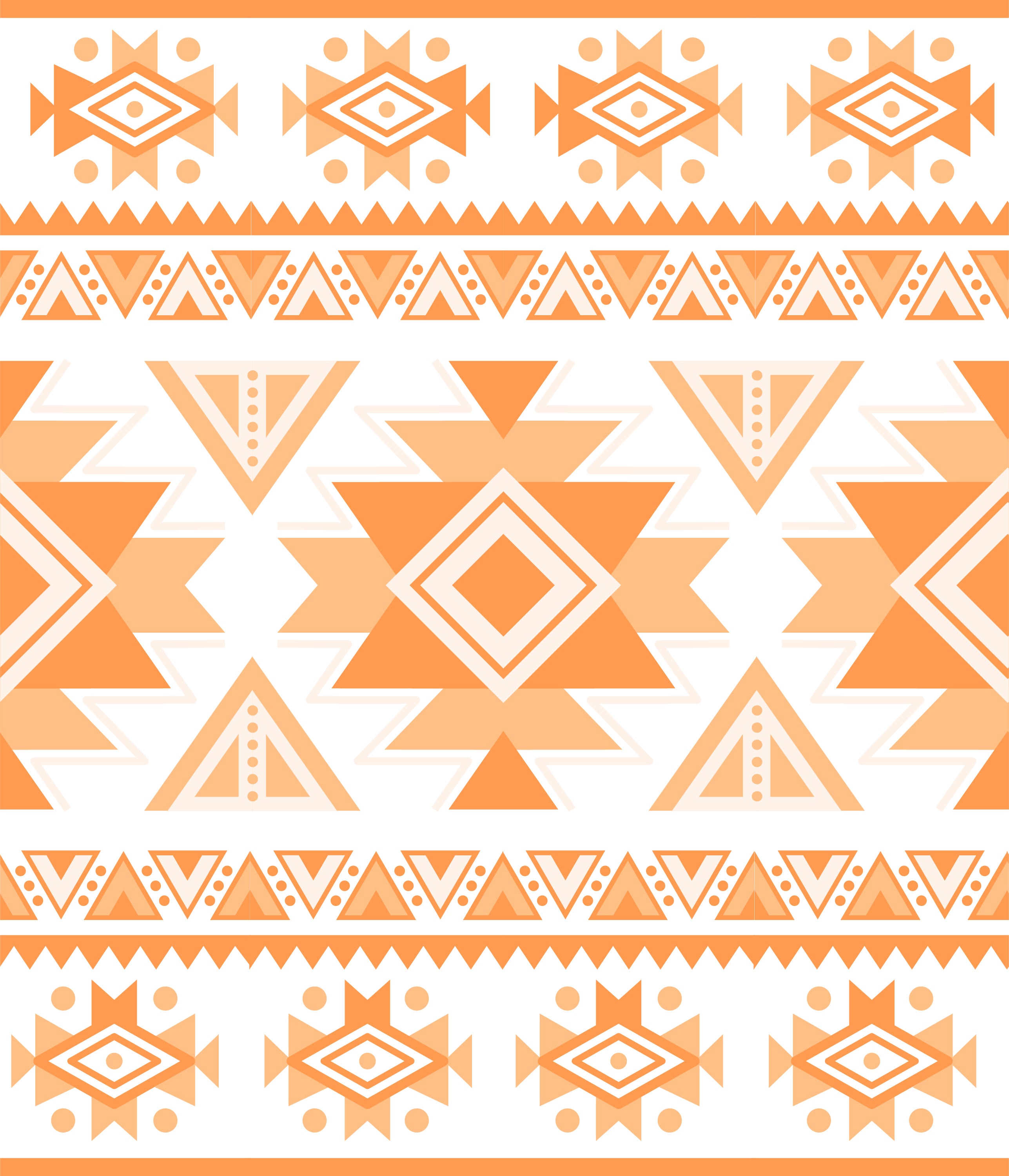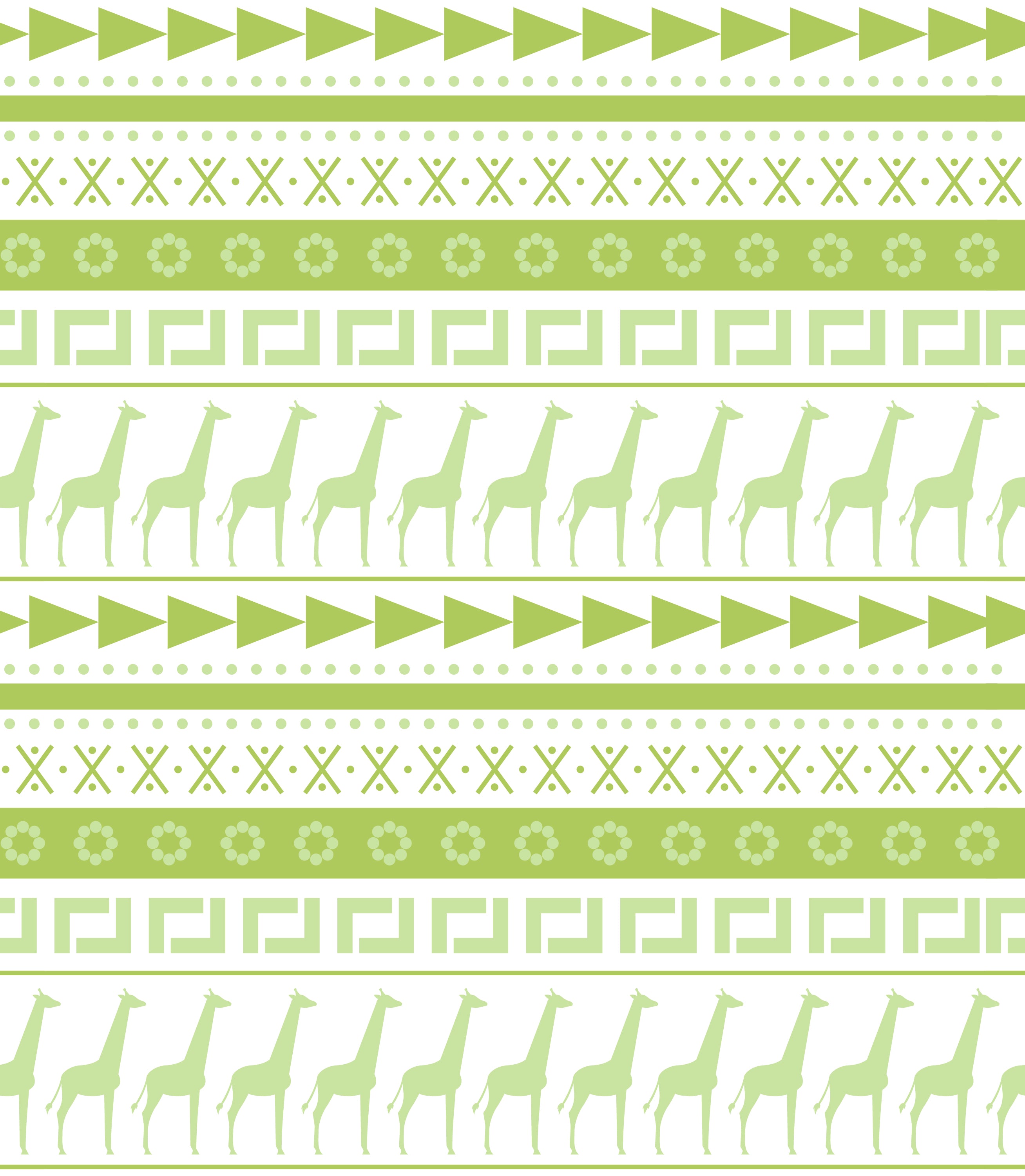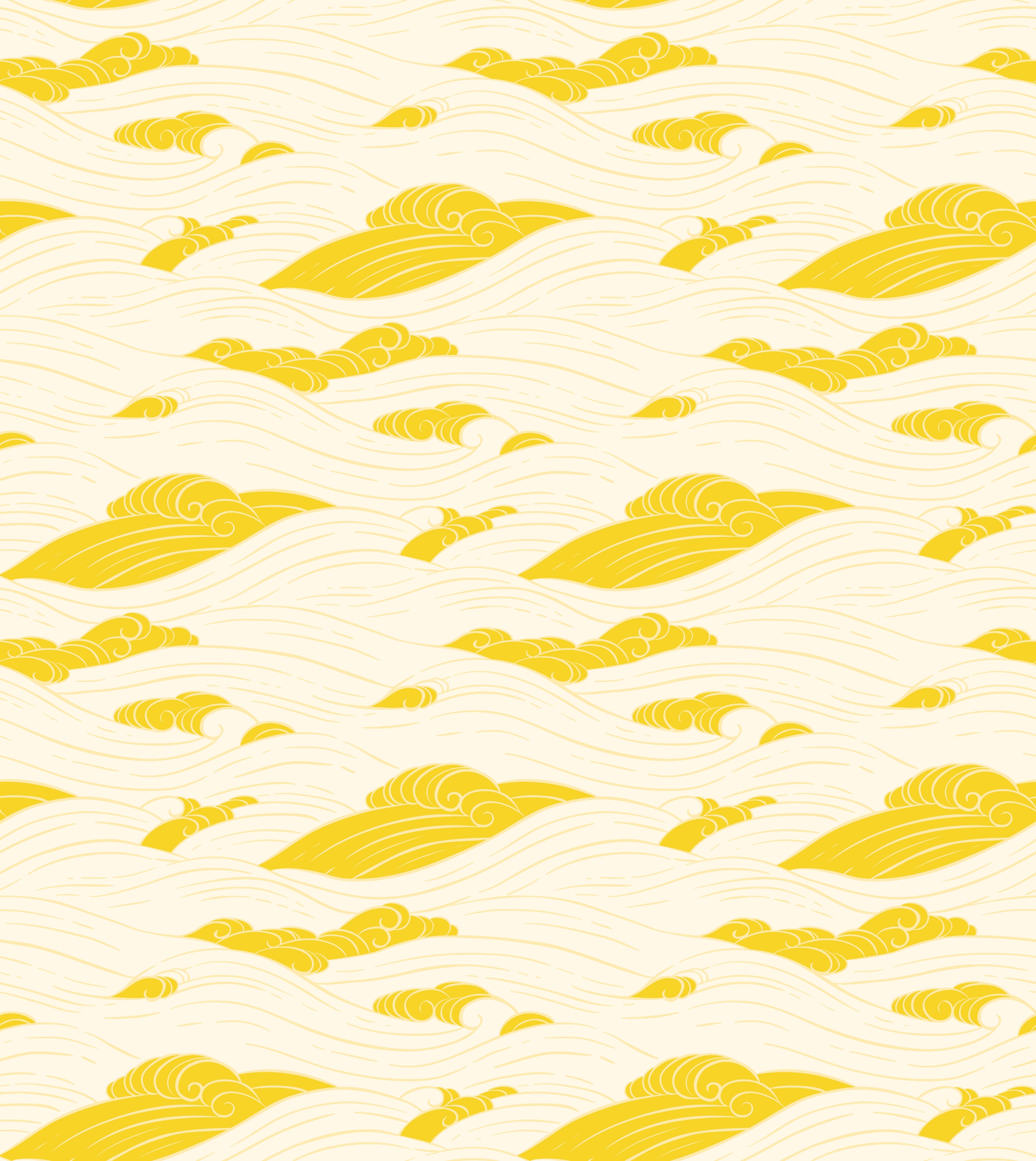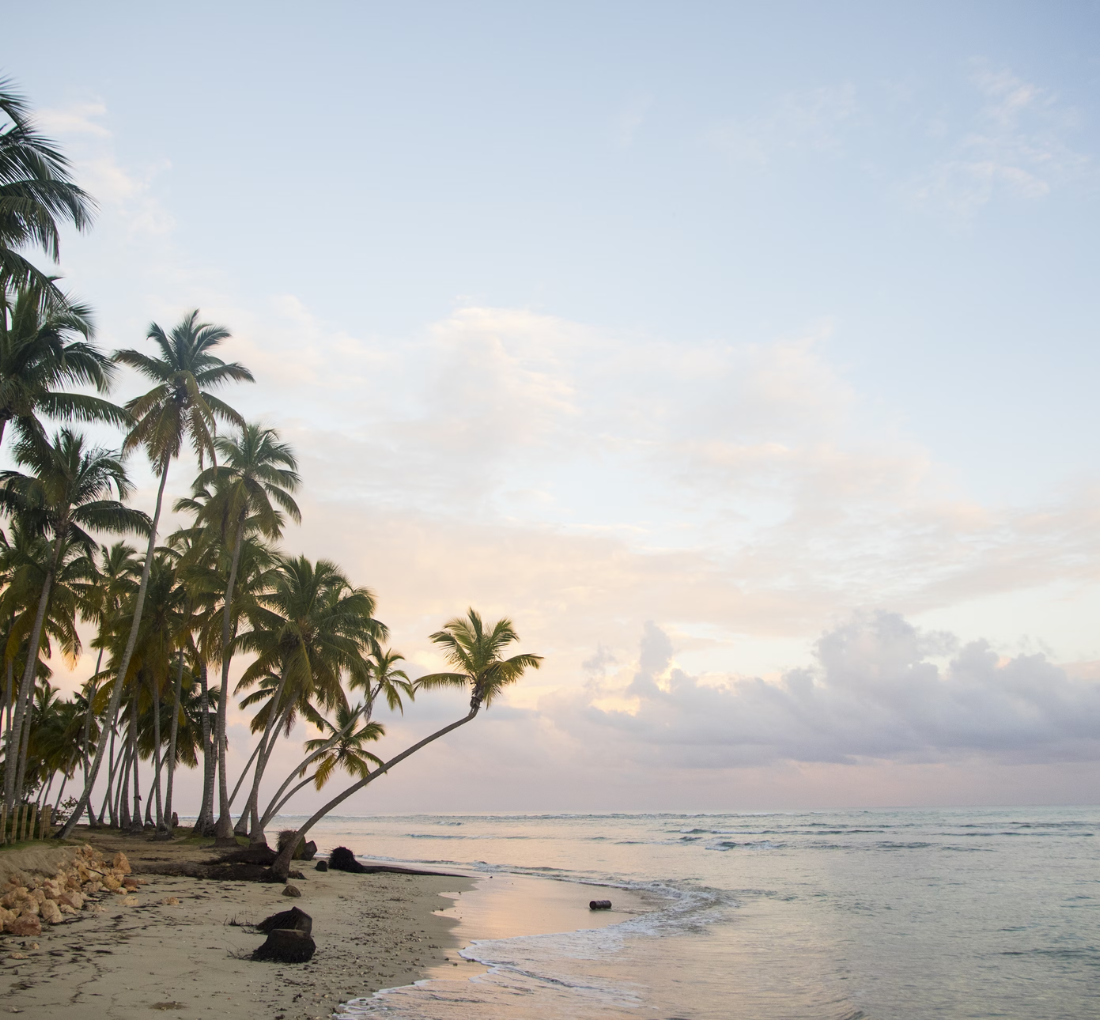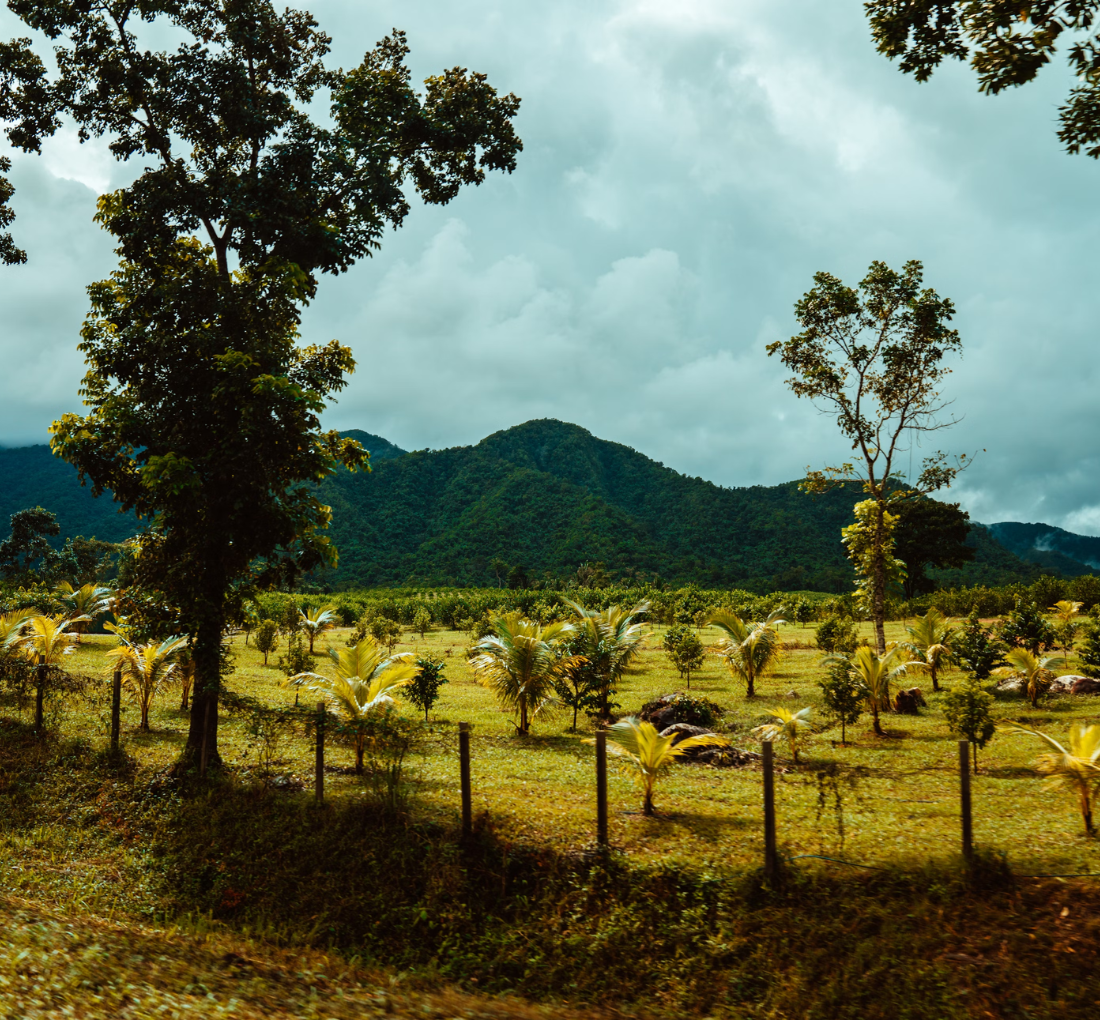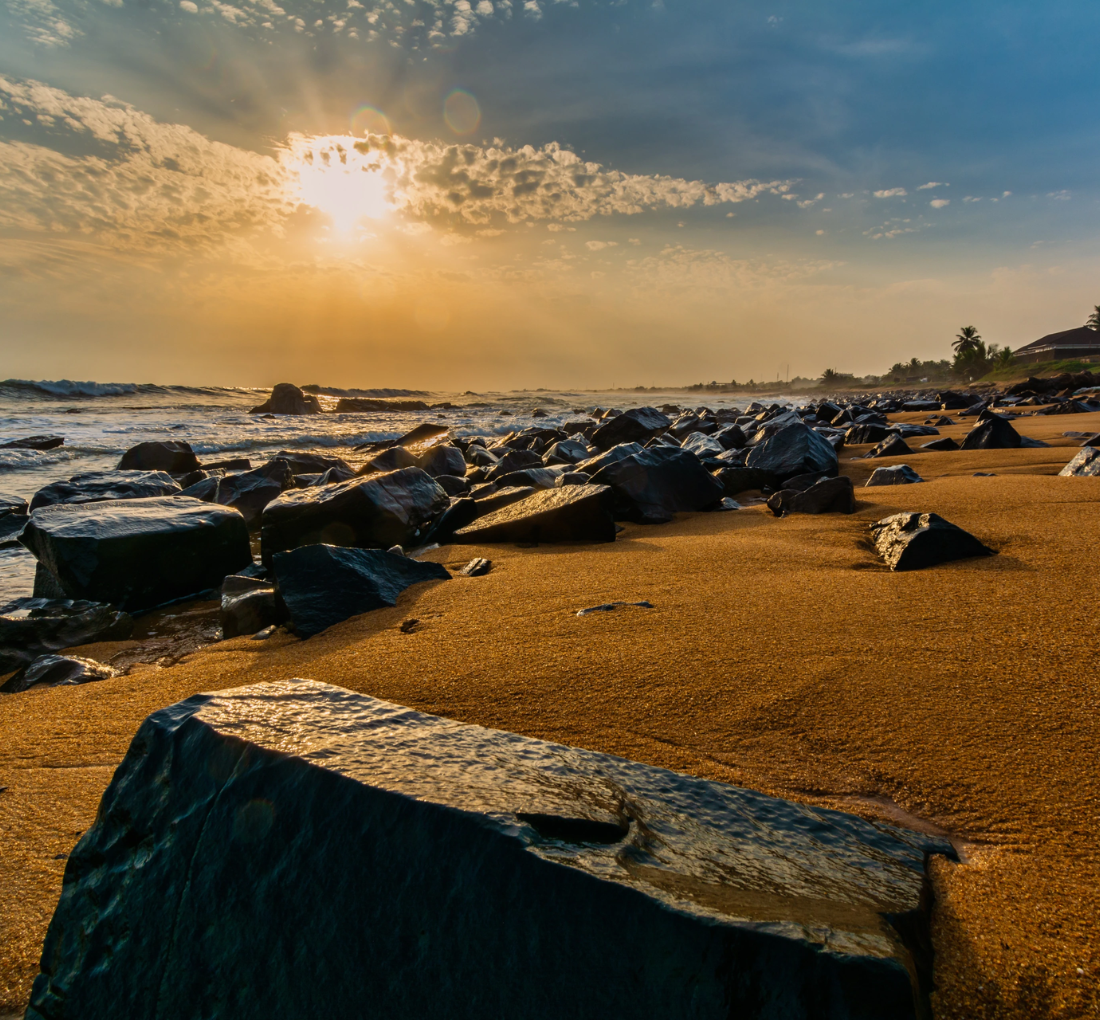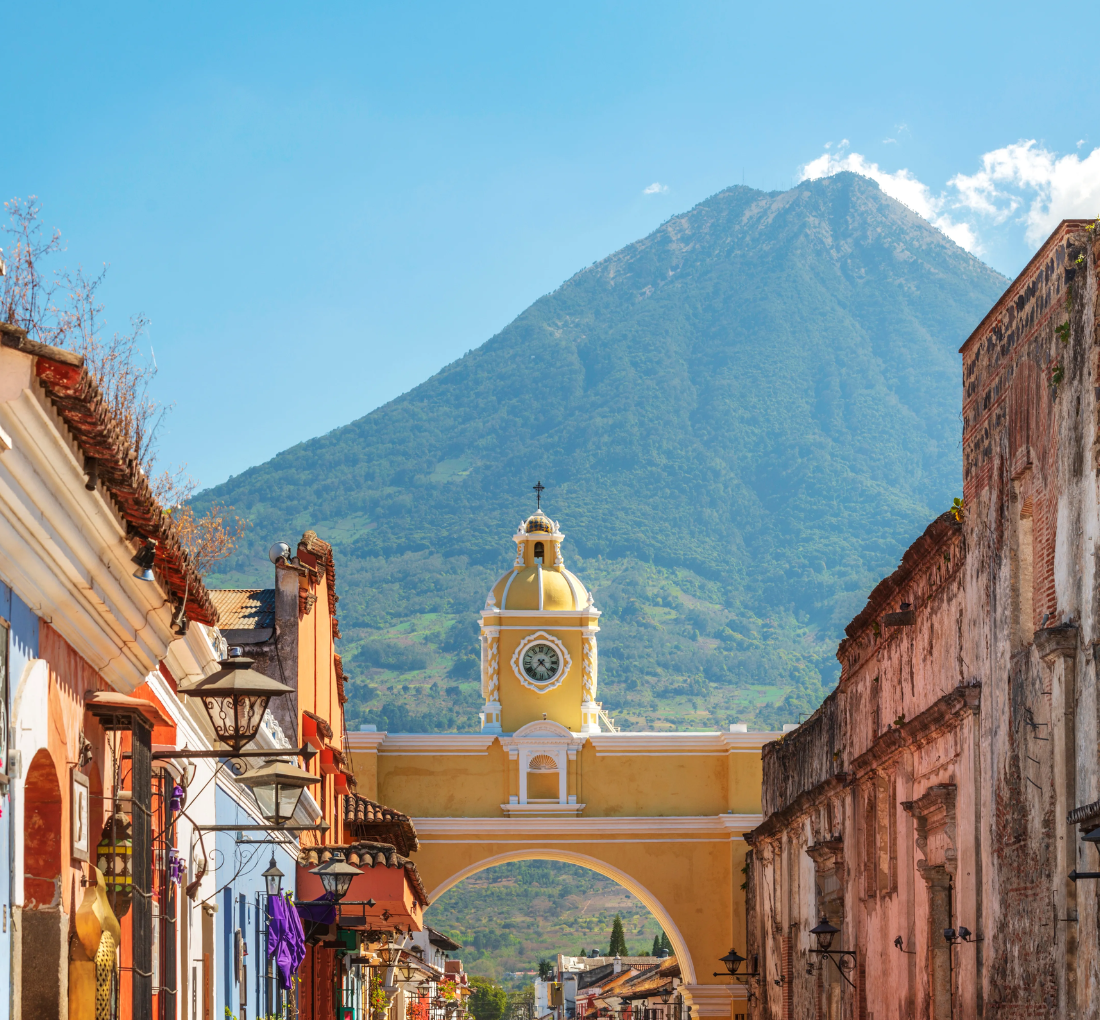Haiti shares the island of Hispaniola with the Dominican Republic in the Caribbean Sea. It is the third most populous country in the Caribbean. Despite its small size, Haiti's geography is diverse, featuring mountain ranges, coastal plains, and a tropical climate with distinct wet and dry seasons. The country's history is marked by colonization, slavery, and political upheaval. In 1804, Haiti became the first independent nation in Latin America and the Caribbean after a successful slave rebellion against French rule. This event profoundly influenced Haitian culture, which is a vibrant fusion of African, French, and indigenous influences, evident in its art, music, and dance. Haiti has a long history with cocoa cultivation, dating back to Spanish colonization in the early 16th century. However, they and the French failed to ever really significantly develop the crop. It wasn't until a U.S. and Haitian government partnership in the 1940s that the cocoa industry began to gain momentum. However, Haiti's current annual production of 5,000 metric tons of cocoa is still a fraction of its island neighbour, the Dominican Republic, which produces 70,000 metric tons per year. Nonetheless, cocoa remains an important crop for many Haitians as it, alongside coffee, accounts for the majority of Haiti's exports.
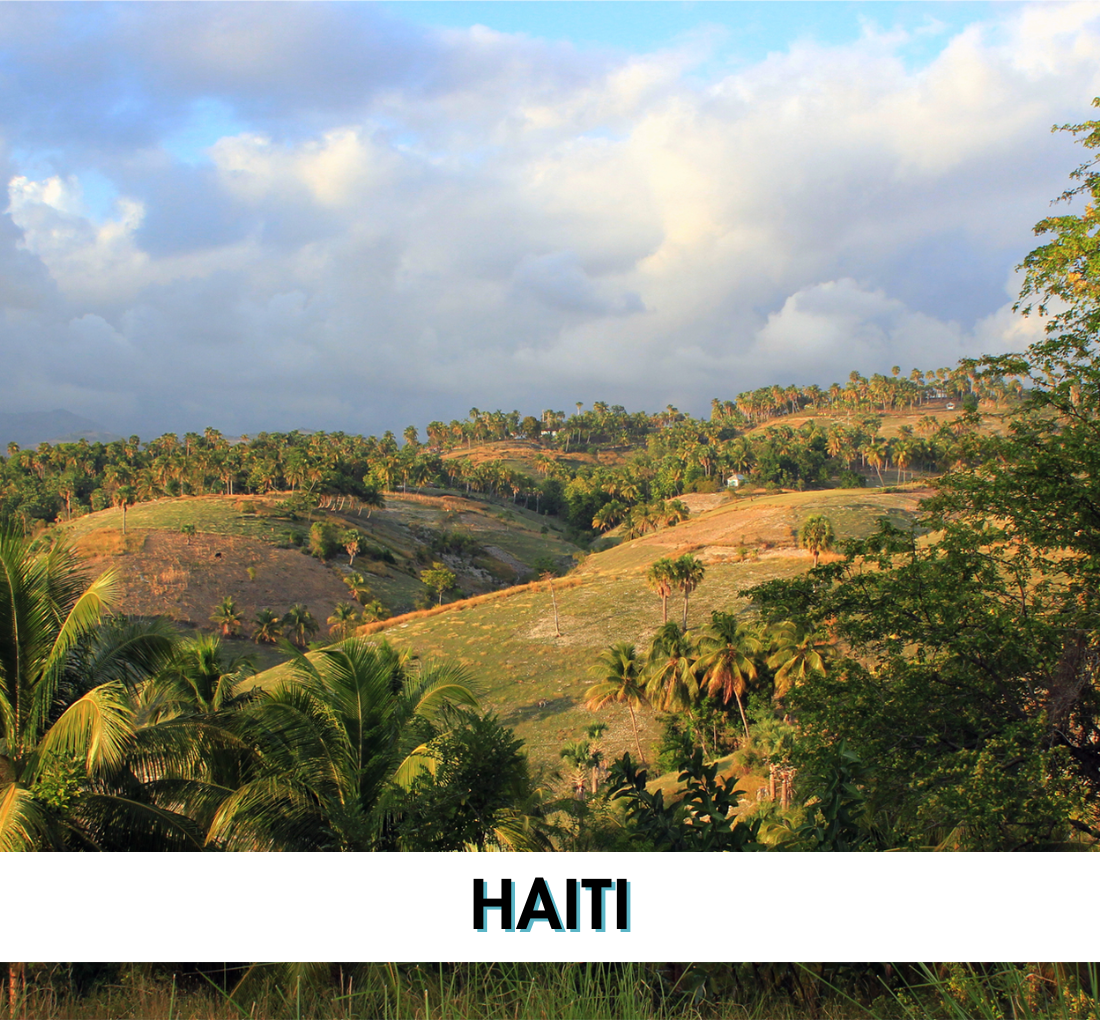
Il y a tout un monde à explorer
Découvrez les diverses régions productrices de cacao du monde – des îles ensoleillées aux forêts tropicales humides en passant par les montagnes luxuriantes.

